When I was young, I only see Banaue Rice Terraces or Hagdan-Hagdang Palayan of Banaue in books, magazines, postcards and TV. I never thought that I can visit and see the place in my lifetime. Look how beautiful it is. No wonder UNESCO included it to their world heritage list.
Seeing a place like this is priceless. You cannot see this kind of scenery in the metro. The view itself is so relaxing and very pleasing to the eye. OOOH! Just look at that! the color of nature plus no hint of pollution. I am really amazed how Ifugao people were able to create something like this using their bare hands or maybe with the help of few primitive tools. Imagine how hard it was back then. I salute their hardwork and passion.
Banaue Rice Terraces is just one of the places we visited during our Cordillera trip. I have huge fear of heights and most of the time during our Cordillera travel from one place to another, I was really nervous because there were roads with aftermaths of landslides. Plus lots and lots and lots of cliffs, pretty scary. But all those fear were taken away with a pituresque like this. I must say, It’s all worth it.
For 2,000 years, the high rice fields of the Ifugao have followed the contours of the mountains. The fruit of knowledge handed down from one generation to the next, and the expression of sacred traditions and a delicate social balance were maintained. They have helped to create a landscape of great beauty that expresses the harmony between humankind and the environment. – (SOURCE: whc.unesco.org/)
The Banaue Rice Terraces of the Philippine Cordilleras is an outstanding example of an evolved, living cultural landscape that can be traced as far back as two millennia ago in the pre-colonial Philippines. The terraces are located in the remote areas of the Philippine Cordillera mountain range on the northern island of Luzon, Philippine archipelago. While the historic terraces cover an extensive area, the inscribed property consists of five clusters of the most intact and impressive terraces, located in four municipalities. They are all the product of the Ifugao ethnic group, a minority community that has occupied these mountains for thousands of years.- (SOURCE: whc.unesco.org/)
Sir George Tapan using his great skills in photography. Thank you sir for tagging me along in this trip. 🙂
You can view this man-made beauty perfectly at the Banaue Rice Terraces View deck.
If you are looking for souvenirs or pasalubong for your family, friends or for yourself, there’s a souvenir shop located at the roofdeck area. You can also rent an Ifugao costume there and have your picture taken with Ifugao locals for a certain amount. There are also several souvenir shops along the road so you’re pretty covered with the pasalubong thing.
Just like what I said earlier, I’m really glad that in my lifetime, I was able to see Banaue Rice Terraces with my very own eyes. I hope you too can see it for yourself and include it to your travel list. 🙂



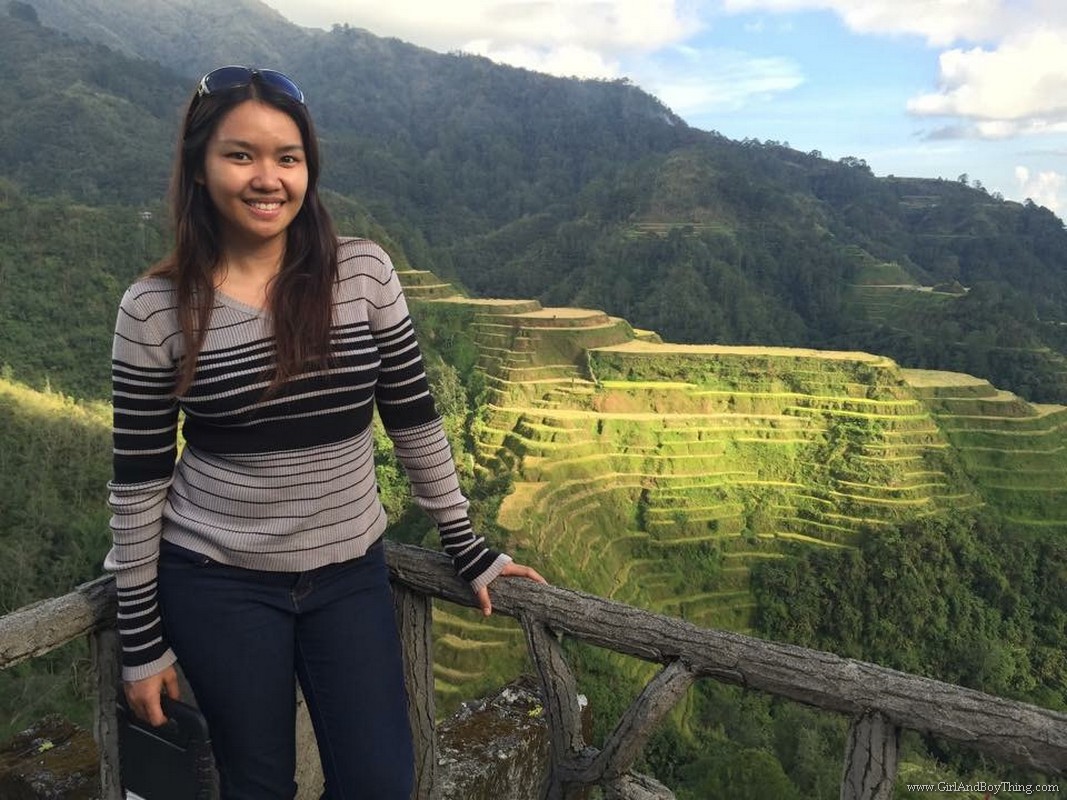

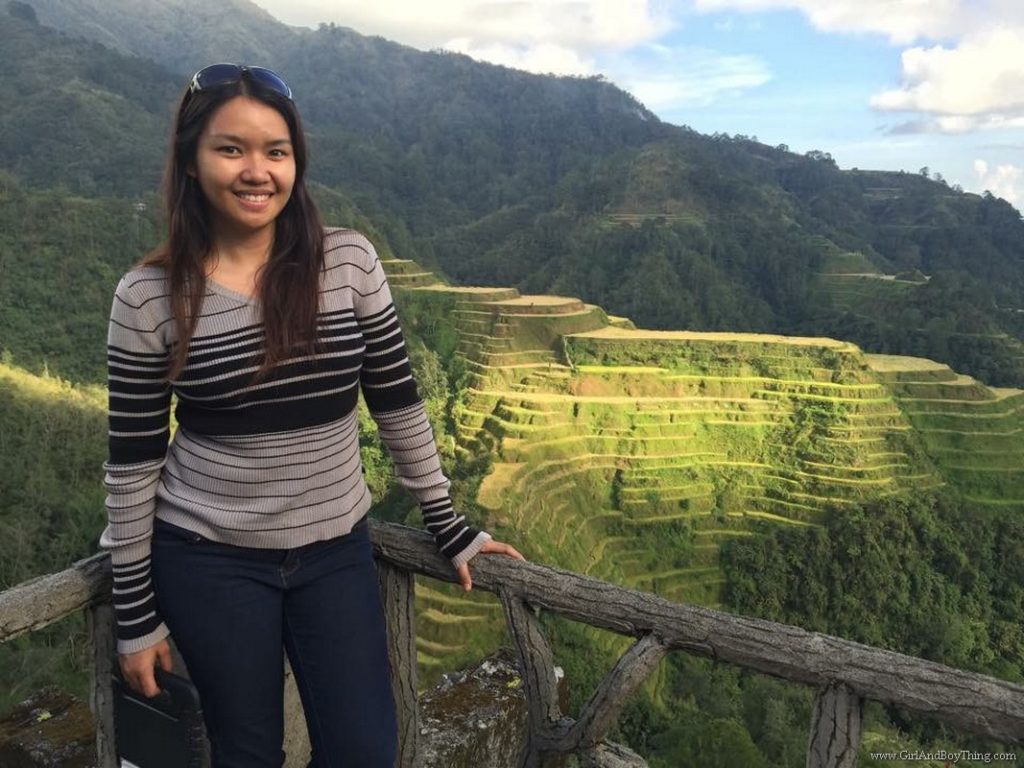
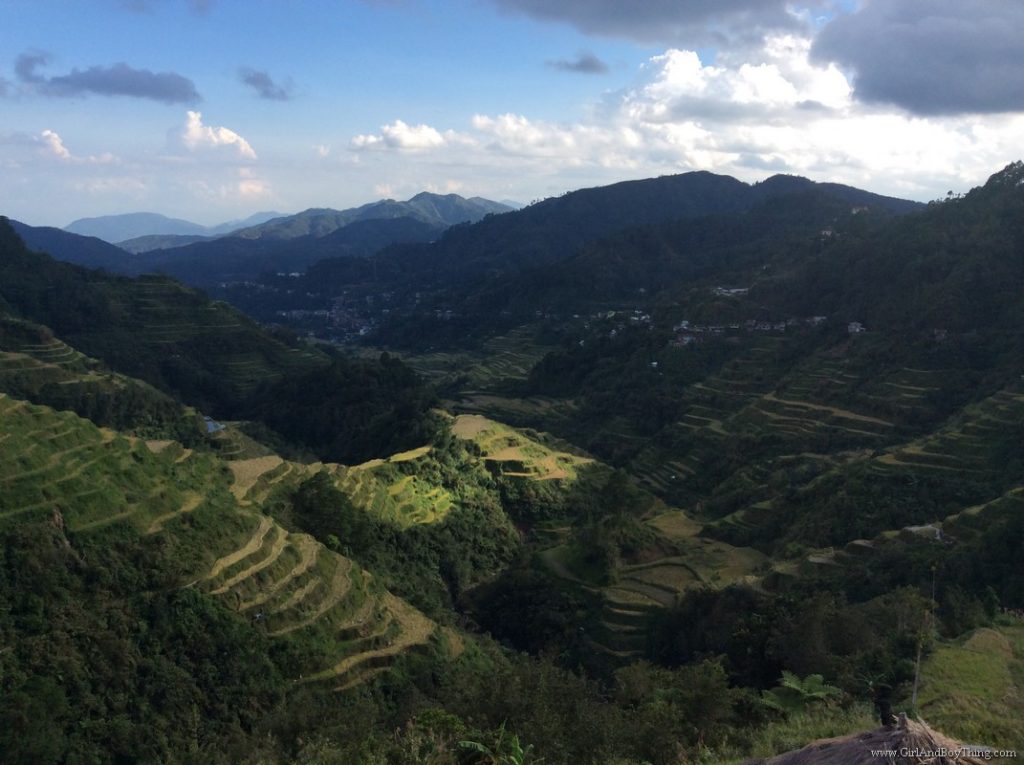
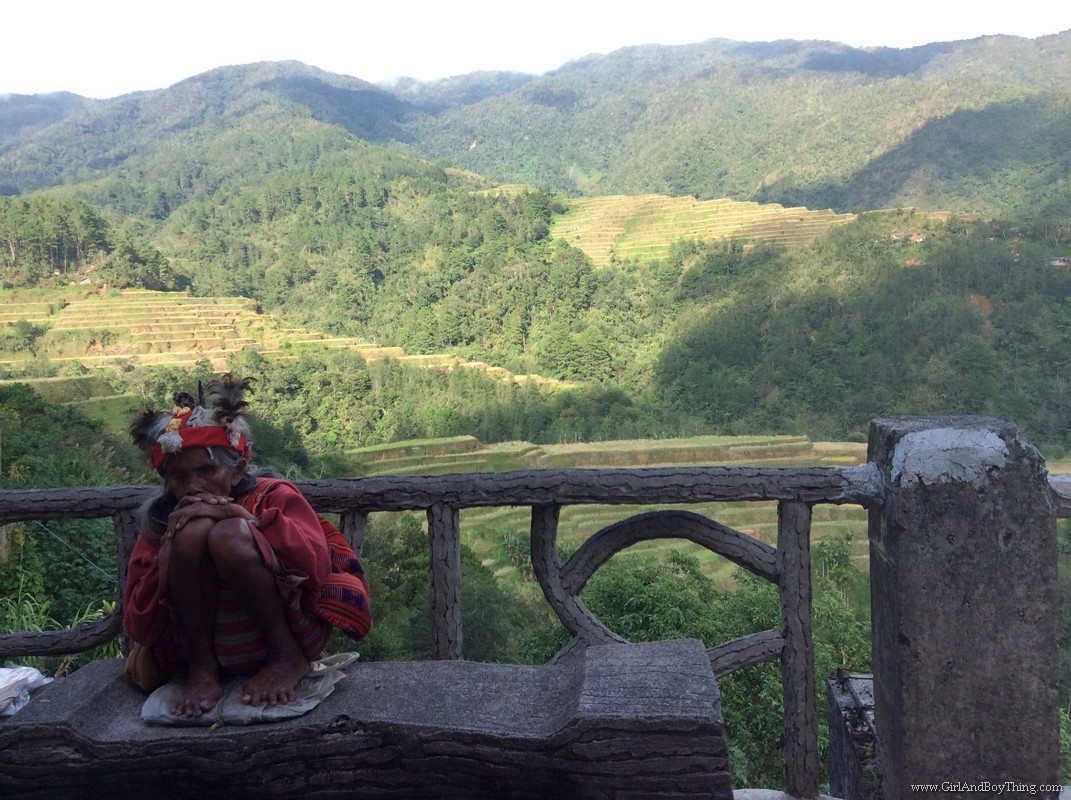
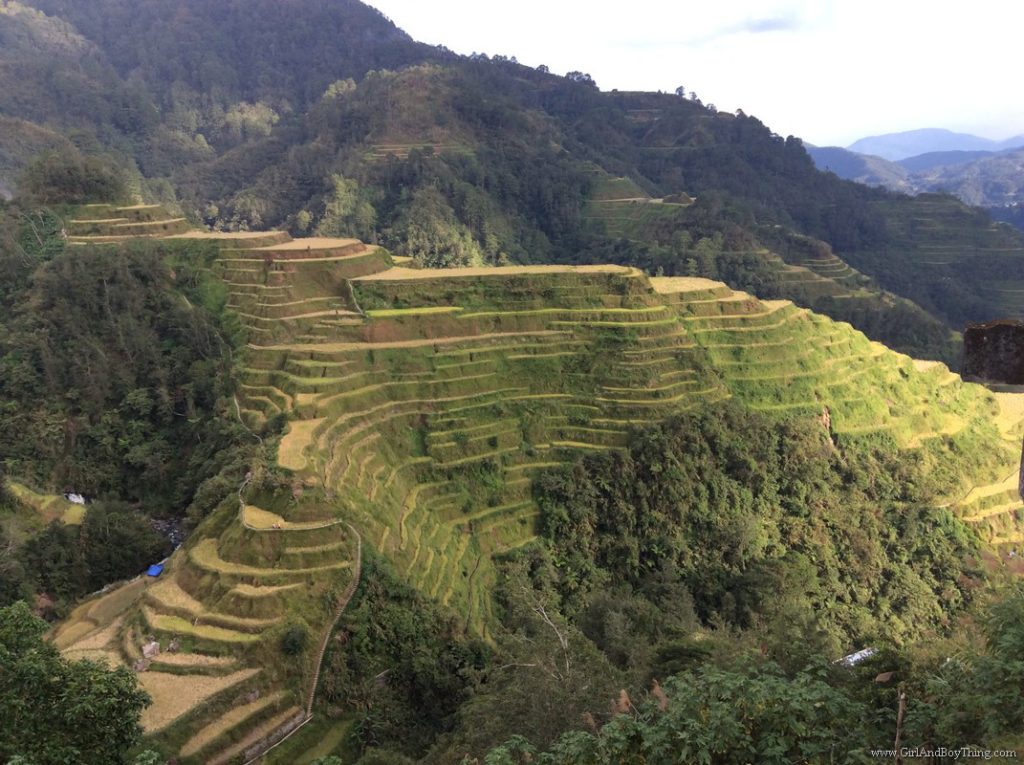
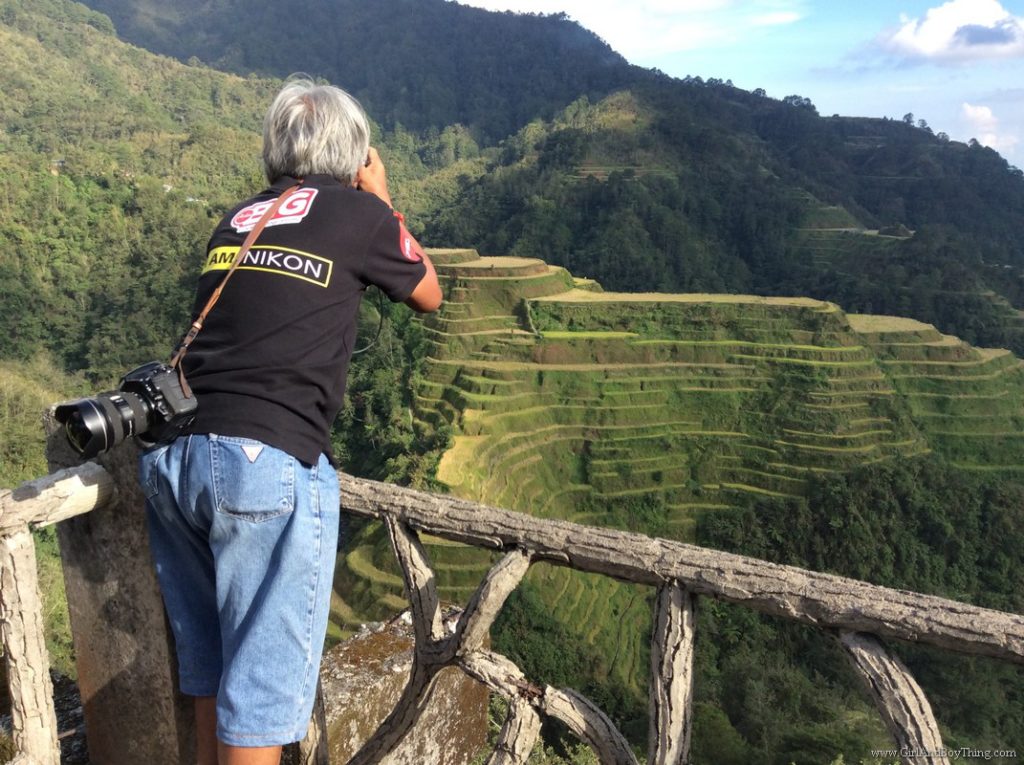
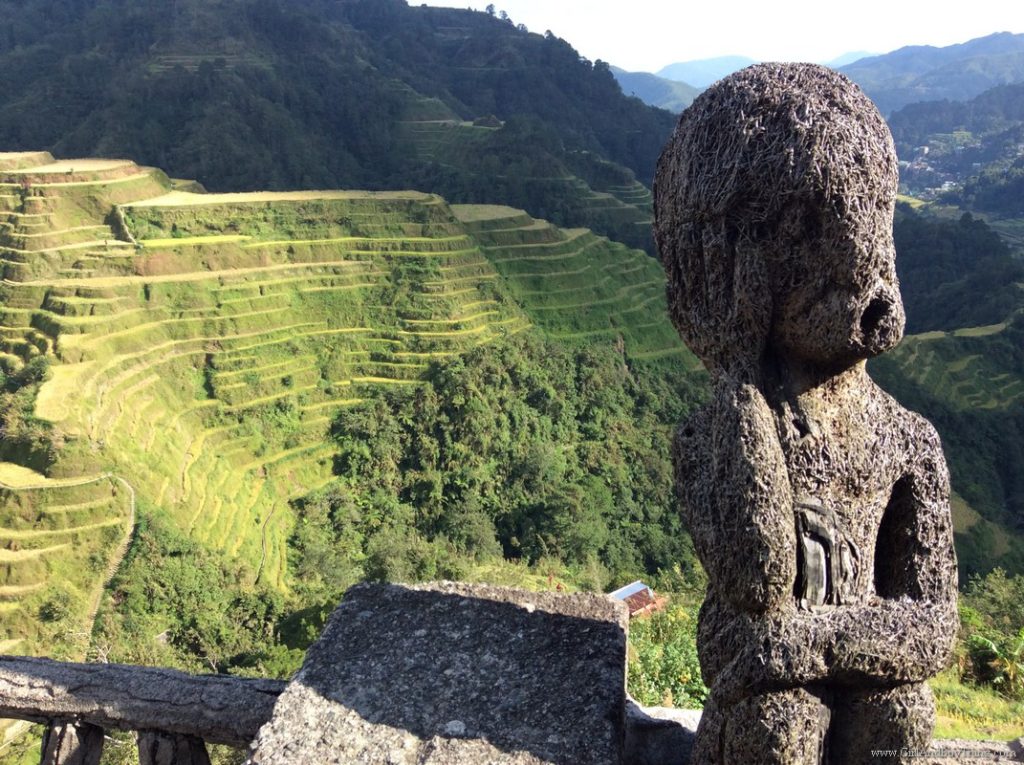
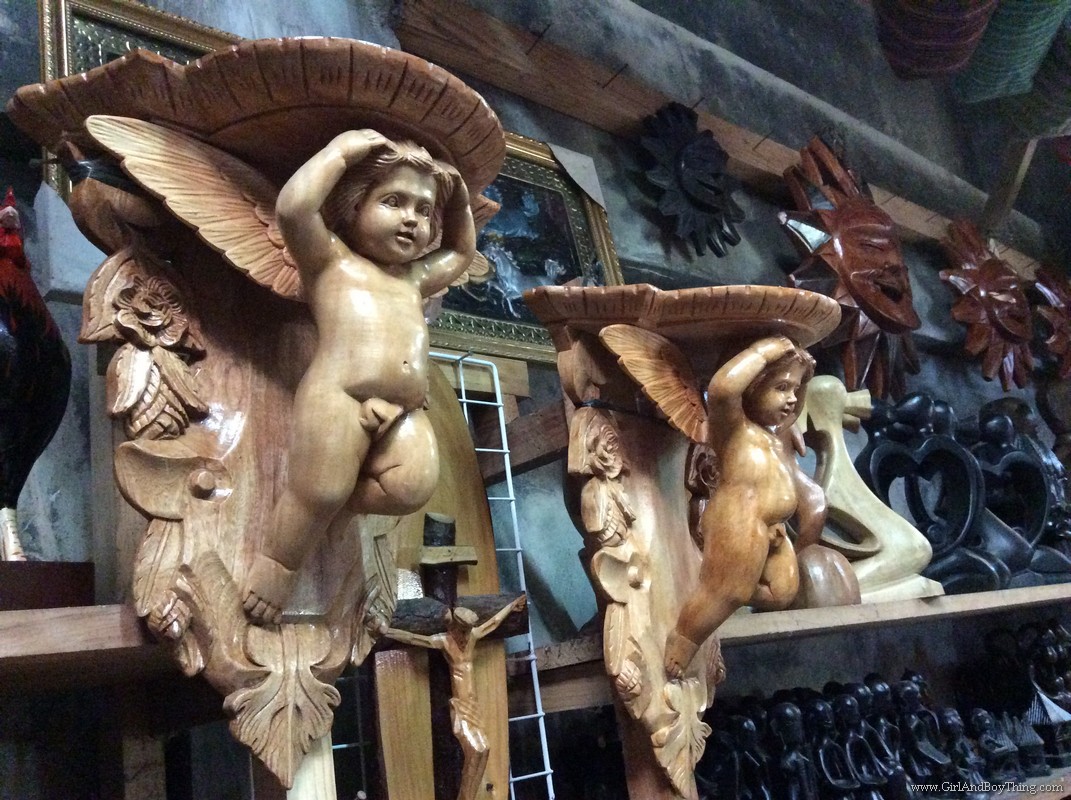
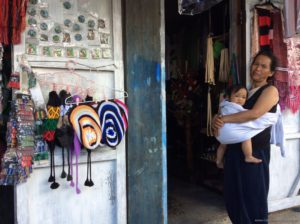
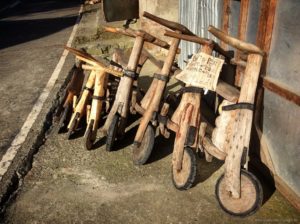
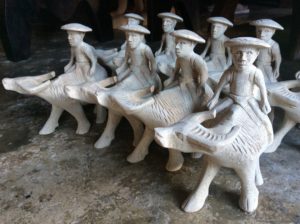
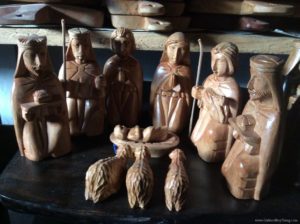





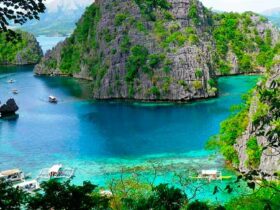

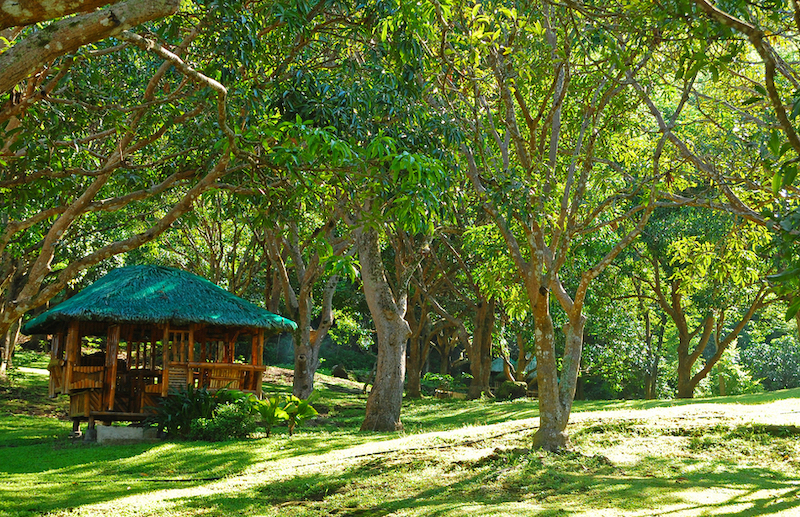

Leave a Reply